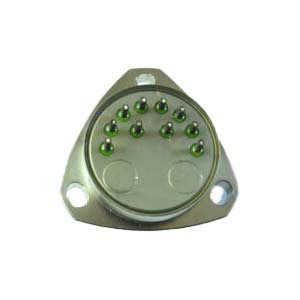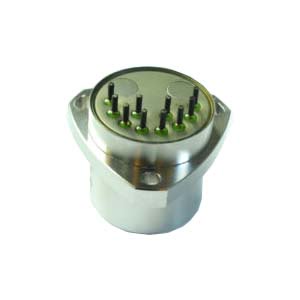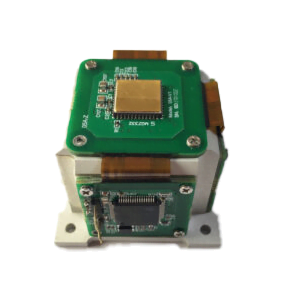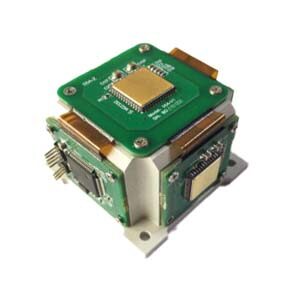An accelerometer is an electronic sensor that measures the acceleration applied to an object to determine its position in space and monitor the object's motion. Acceleration is a vector, which is the rate of change of the object's velocity (velocity is the object's displacement divided by the change in time).There are two types of accelerating forces: static and dynamic. Static forces are forces (such as friction or gravity) that are constantly applied to an object. Dynamic forces are forces applied to objects that "move" at various rates.The acceleration sensor is an electronic device that can measure the acceleration and convert the acceleration to the electrical signal. Expedite is the force of an object in an acceleration process, like the gravity of the earth, that is, the gravity. The acceleration can be a constant, for example, G, and so the variable. There are two kinds of accelerometer: one is the angle accelerometer, which is improved by the gyroscope (angular velocity sensor). The other is the line accelerometer.
There are three different types of accelerometers, each designed to operate efficiently in its intended environment. The three types are: piezoelectric, piezoresistive and capacitive.
Piezoelectric accelerometers make use of the piezoelectric effect (the generation of electrical power when placed under physical stress on a piezoelectric material) to change in the acceleration sensation. Piezoelectric accelerometers are most commonly used for vibration and shock measurements.
Piezoresistive accelerometers have much lower sensitivity than piezoelectric accelerometers and are more suitable for vehicle crash testing. The resistance of a piezoresistive accelerometer is proportional to the pressure applied to it.
The third and most commonly used type of accelerometer is the capacitive accelerometer. Capacitive accelerometers use changes in capacitance to determine the acceleration of an object. When the sensor accelerates, the distance between the capacitor plates changes with the movement of the sensor diaphragm.
The acceleration sensor can be used in industrial control and instrumentation; handle oscillation and shaking, toys, mouse; automobile brake start detection and alarm system; structure and environment supervision; engineering geological exploration, earthquake detection, vibration test and analysis; oscillation of railway, bridge and dam; high-rise building structure dynamic characteristics and safety to defend the oscillation investigation on.
Applications:
Automobile safety
Accelerometers have been widely used in the field of automotive electronics, mainly used in body control, safety systems and navigation, typical applications such as automotive Airbag (Airbag), ABS anti-lock braking system, electronic stability program (ESP), electronic suspension system and so on. The electronic controller then immediately calculates and evaluates parameters such as impact intensity, number of passengers and seat belt/seat belt position, along with the data returned by distributed sensors throughout the cabin, and passes the test in the shortest possible time. The electric detonation drives activate the airbags, ensuring the safety of the passengers. In safety applications, the fast response of accelerometers is very important. It is possible to quickly determine when the airbag is deployed, so the accelerometer must respond immediately. By adopting a sensor design that can quickly reach a steady state rather than vibration, the response time of the device can be reduced. Piezoresistive accelerometer sensors have been developed for their wide application in the automotive industry.
Compensated GPS navigation system
The GPS system ultimately determines the object's position by receiving signals from three satellites with a 20-degree distribution. In some special occasions and landforms, such as tunnels, tall buildings, jungle areas, the GPS signal will be weak or even lost. This is called self-ordering. By installing the accelerometer sensors and inertial navigation we used earlier, we can measure the dead zone of the system. Once the accelerometer sensor is integrated, it becomes the change in velocity per unit time, thus measuring the movement of the object in the local region.
More Technical Questions
1.How does the Quartz Accelerometer Work?
2.How do parameters affect the performance of the quartz accelerometer?
3.Choosing a Good Quartz Accelerometer is Easier to Maintain
4.How to Distinguish MEMS Accelerometer and MEMS Gyroscope Correctly?
5.Application of mems accelerometer in petroleum logging
6.What are the advantages of MEMS accelerometers?
Products in Article







